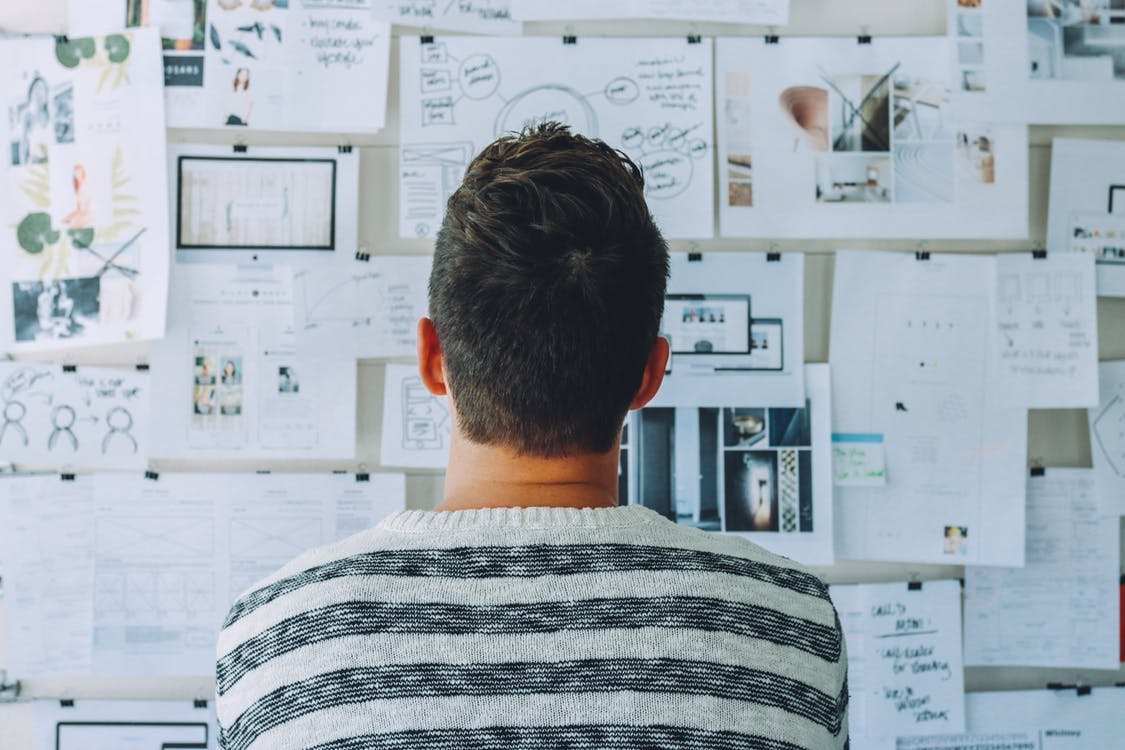How an Office Makeover can Boost Staff Productivity
Workplace productivity has become a major talking point in the UK of late, with the UK’s proposed departure from the EU placing a significant drag on firms nationwide. Overall, productivity levels grew by a paltry 0.5% in 2018 as Brexit uncertainty rumbled on, whilst similar figures were recorded at the end of the previous year.
There are a number of steps that businesses can take to boost employee productivity, however, many of which have nothing to do with the wider economic climate.
In fact, studies show that the design of your office can have a significant impact on productivity, but how exactly does this work? Let’s take a look:
- Decluttering the Workspace Focuses Employee Finds
One of the most interesting elements of productivity is that whilst output may be dwindling in the UK, a 2017 Skills and Employment Survey found that Brits were working harder than ever before.
This hints at issues relating to the workspace, so it’s crucial that you invest in an office design and layout which is clutter-free and enables employees to focus solely on the task in hand.
To achieve this, you’ll need to create paper filing systems that are organised and accessible, as this helps employees to keep their desks clutter-free without having to spend too much time away from their computers.
- Consider the Importance of Ergonomics
The word ergonomics is a sweeping one, but in simple terms it refers to the practice of improving conditions under which everyday tasks and activities are performed.
Make no mistake; this should inform every aspect of your office layout and design, as this way you can create a workspace that’s productive, intuitive and also capable of reducing any potential health and safety risks.
The principle of ergonomics should definitely be applied to personal workspaces, as this can help to optimise individual productivity whilst also protecting employees’ hands, wrists, joints and backs no matter how long they spend at their desks each day.
We’d particularly recommend that you use footrests that enable employees to assume a natural position when sitting at their desks, whilst placing rests for the keyboard and mouse to prevent wrist strain.
- Invest in the Environmental Design of your Space
Another common issue with workplaces is poor ventilation, which can be exacerbated by constantly fluctuating indoor temperatures.
Whilst the installation of a viable and effective ventilation system can obviously help with this, you may also want to consider including plants as part of the interior design. A 2014 study by the University of Exeter showed that employee productivity increased by 15% after the introduction of house plants, with this thought to improve memory retention and overall mental performance.
Inadequate lighting in the office can also lead to headaches, tiredness and a mental malaise, so consider installing flexible window coverings from suppliers such as Direct Blinds to make the most of any natural light that engulfs your office.
These small but strategic design elements can have a big impact on your business and help to improve the productivity of your employees incrementally over time.

